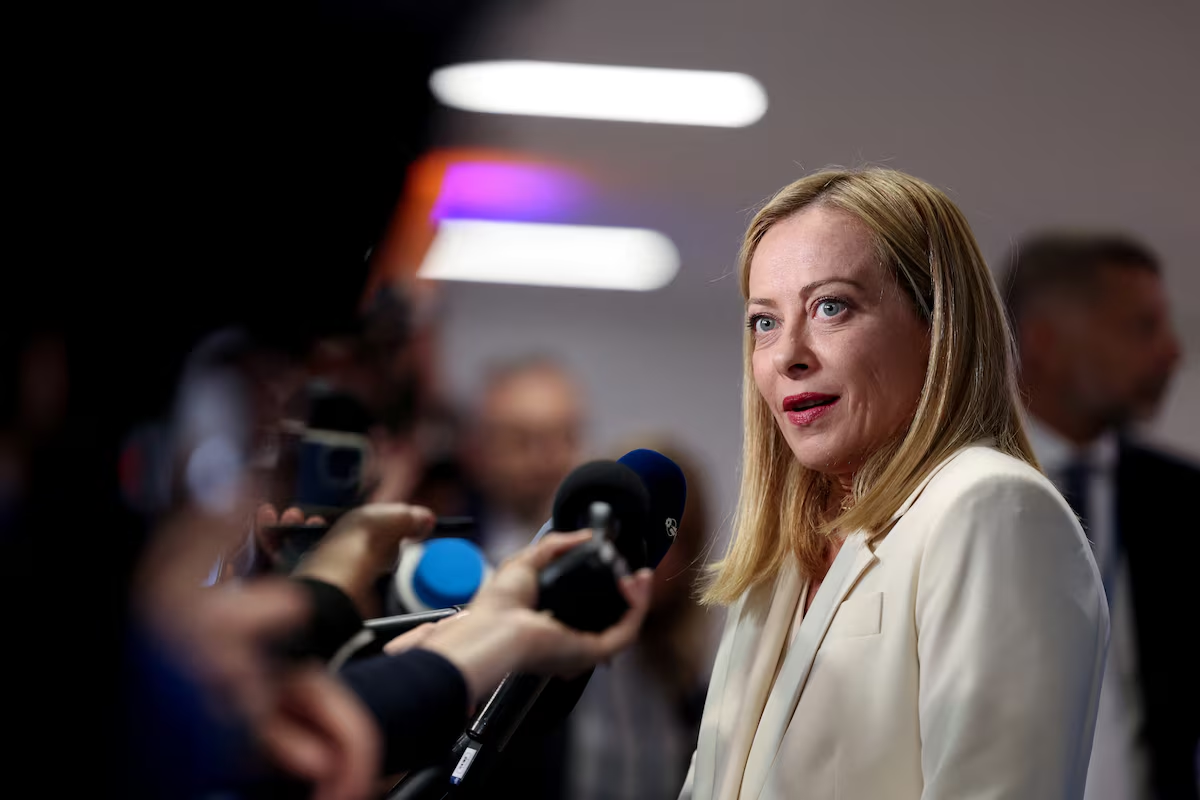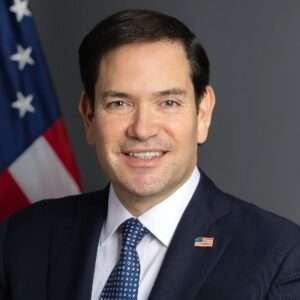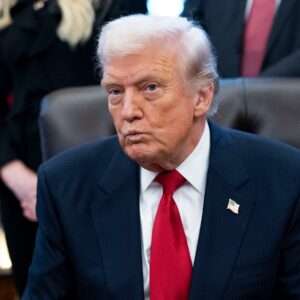By Maria Maalouf
The summit held yesterday between President Donald Trump, NATO leaders, and Ukrainian President Volodymyr Zelensky came at a decisive juncture in the effort to end the Russia–Ukraine war. Building on the momentum of Trump’s recent Alaska meeting with Vladimir Putin, the discussions in Brussels underscored a shift in Western strategy: from open-ended confrontation to structured negotiation aimed at securing peace without inviting further escalation.
The summit served three primary objectives:
1. Reframing NATO’s Role – Trump emphasized the limitations of NATO expansion and questioned the capacity of many member states to provide for their own defense. Instead of advancing Ukraine’s immediate membership—an issue Moscow views as a red line—the discussion centered on alternative security guarantees that could protect Ukraine without provoking further Russian aggression.
2. Humanitarian and Political Confidence-Building – Talks on prisoner exchanges and humanitarian relief were positioned as confidence-building measures. These smaller, tangible steps help establish momentum toward a broader peace framework, echoing successful precedents in past conflicts.
3. Establishing Channels of Credibility – Trump positioned himself as the only leader with the political capital to engage simultaneously with Moscow, Kyiv, and skeptical European capitals. This summit aimed to solidify his role as a credible peacemaker while also testing the degree of European alignment.
Prime Minister Giorgia Meloni’s presence distinguished this summit from previous NATO gatherings. Unlike many of her European counterparts, Meloni has developed a personal relationship of trust with Trump. This positions her uniquely within the European landscape:
• Bridge to Europe: Meloni can articulate European security concerns in terms Trump respects, while also relaying Trump’s assurances back to EU leaders in a language that resonates with them.
• Legitimacy Broker: Her credibility within the EU makes her a critical intermediary in persuading European governments to accept the contours of a U.S.-led peace initiative.
• Strategic Partner: Italy’s geographic and political position—straddling the Mediterranean and central Europe—gives Meloni leverage in both NATO and EU decision-making, magnifying her influence.
In this role, Meloni is not merely an observer; she is an enabler of Trump’s broader strategy, providing both diplomatic cover and practical pathways for European buy-in.
The significance of this summit lies less in immediate deliverables and more in its recalibration of strategy. Rather than doubling down on NATO maximalism, the discussions suggested a pragmatic path: security guarantees for Ukraine without NATO accession, humanitarian gestures as trust-building, and the careful orchestration of mediators—such as the UAE—who enjoy credibility with both Kyiv and Moscow.
Trump’s positioning as a “president for peace” is not rhetorical flourish but a deliberate geopolitical maneuver. By aligning with leaders like Meloni, leveraging humanitarian diplomacy, and reframing NATO’s role, he is attempting to construct a sustainable framework that can end the war without destabilizing the broader European security order.
Yesterday’s summit was not a resolution but a strategic signal. It indicated that the U.S. and its European partners—led in part by Meloni’s unique mediation—are preparing for a transition from confrontation to negotiated settlement. The challenge will be maintaining unity across NATO while avoiding steps that embolden Moscow or alienate Kyiv.
Meloni’s special presence highlighted a key truth: in a Europe divided by hesitation, her relationship with Trump gives her an outsized influence. If peace in Ukraine is achieved, her role as a bridge between Washington and Europe may prove to be one of the most consequential legacies of this period.















